News - 08 October 2019
Don’t Jump the Fence: 5 Top Tips for Ethical Nature Photography
Everyone nowadays has a camera in their pocket potentially capable of capturing nature’s wondrous beauty or that unanticipated moment that you want to share with the world. Scrolling through Instagram can show us amazing forests, mountains and species that we’ve never seen before.
A beautiful photo, like that of a fern-lined path winding off into the forest, can inspire us to get out and reconnect to nature. Images can also inspire us to act for a higher purpose. It was an epic photo of the Franklin River that helped to inspire the nation to unite to protect it.
But nature photography has become a booming business as well, and with that comes the potential for exploitation and damage to the places we love just for that one Instagrammable shot.
The Wilderness Society talked with nature photographer Brodie Emery (@brodieemery on Instagram), about what he considers ethical when working in the field. Together, we have few guiding principles every budding nature photographer can follow to ensure that you protect not only yourself but Australia’s natural wonders as well.
1. Take the opportunity to experience nature through your own eyes, not just behind your lens or a screen.
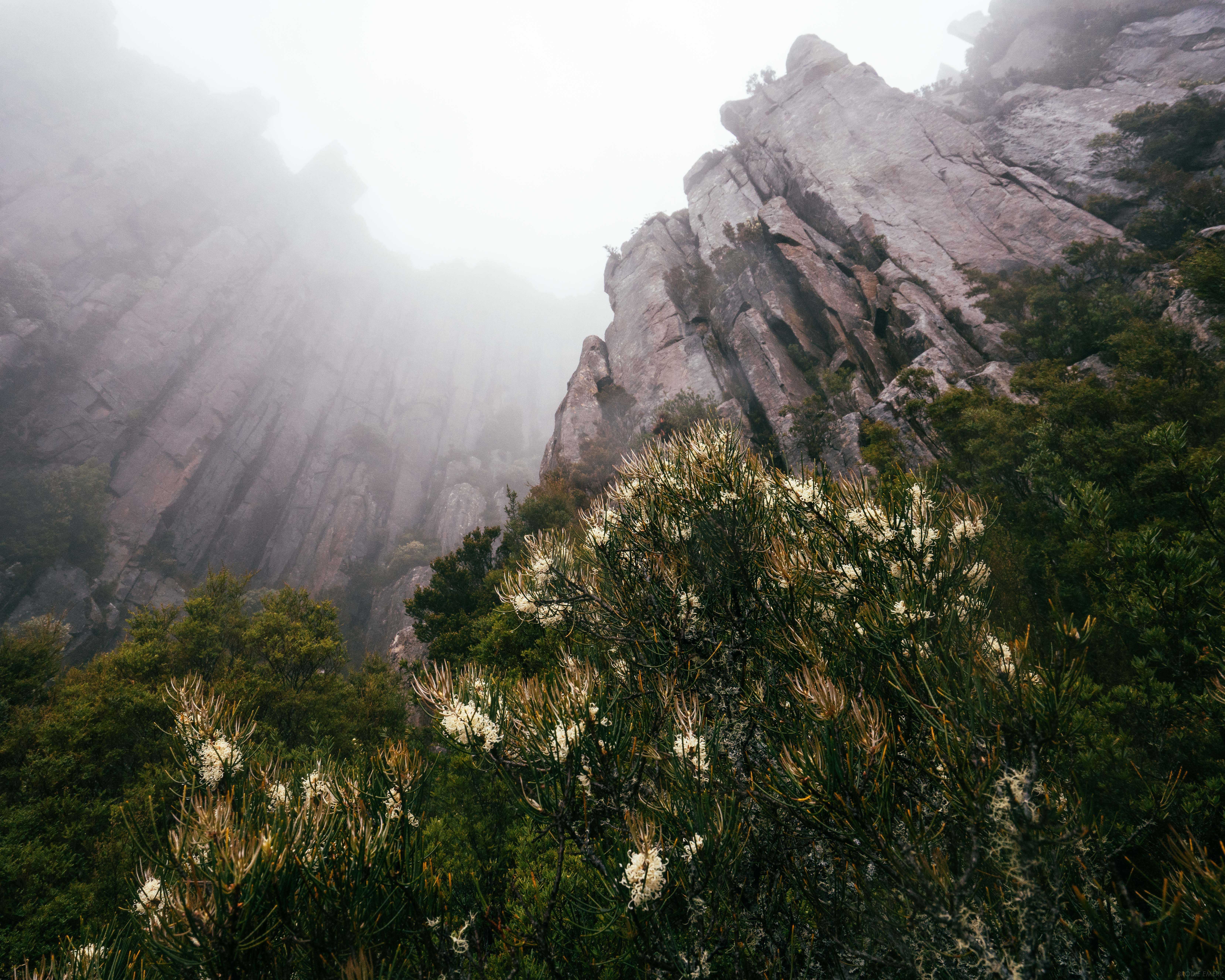
For Brodie, photography began as a simple desire to document bushwalking and camping trips—it was always a distant second to immersing himself in nature. He says, “Listening to distant birdsong or smelling the sweet aroma of richea scoparia in the summer months are things that really stick as memories, and when I spend less time behind the camera to really appreciate and focus on a moment, the results are so much more satisfying.”
2. Safety first! Standing in the middle of a river on a moss-covered log might get you an epic photograph, but prioritise your safety.
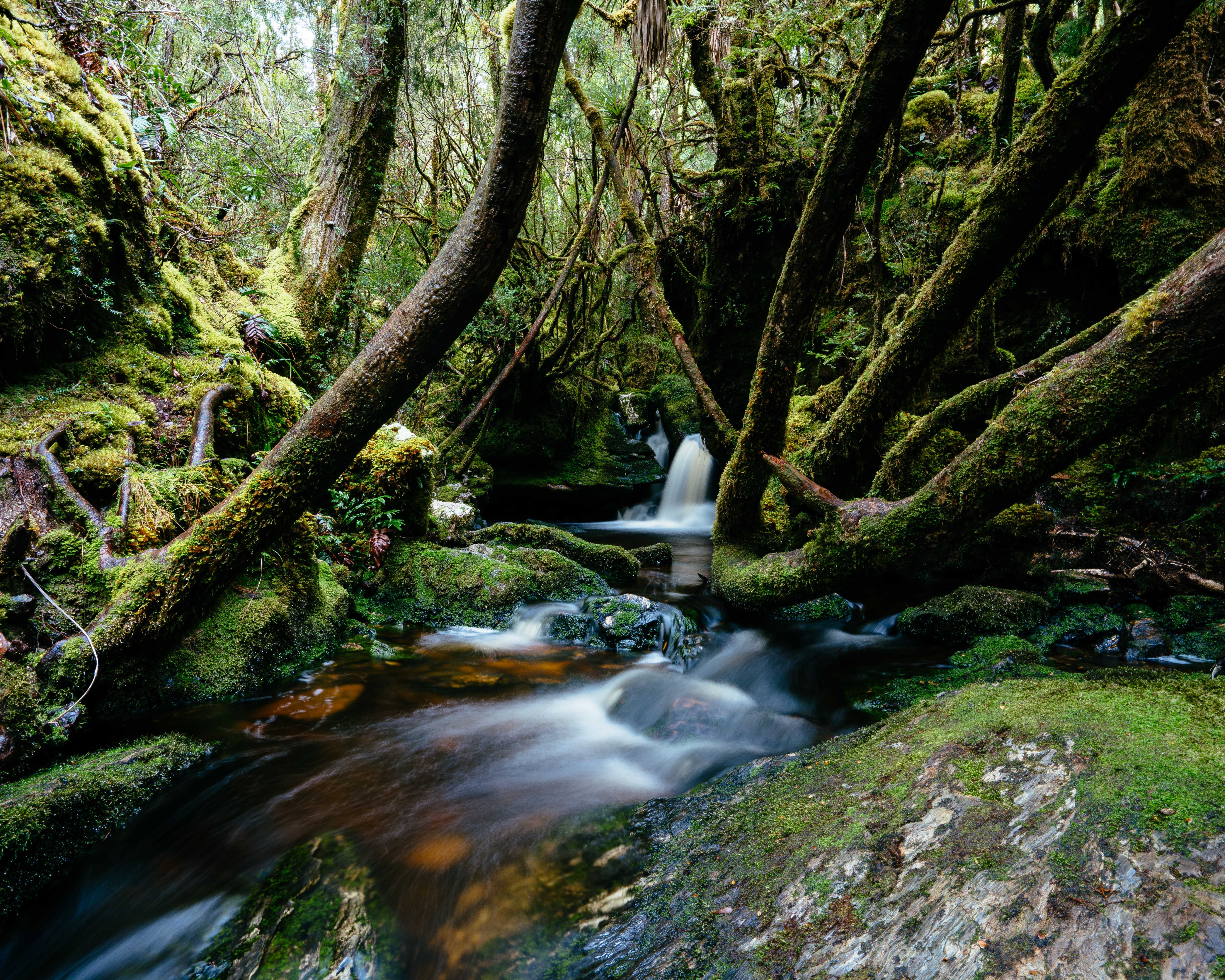
This includes knowing and following any rules and regulations. It may seem inconsequential to jump a fence to take a spectacular photo, but for the safety of others and the environments that fence is protecting: don’t. Also, be sure you know the regulations around drones.
Brodie says, “From experience, in all but the most extreme locations it is possible to great photos without compromising safety. Wet rocks around waterfalls are often covered with fine mosses or algaes which can be incredibly slippery and lead to a serious fall, putting others who may need to save you at risk. It just isn’t worth compromising your safety or that of others for a photo. Often this risky behaviour ends up in protective barriers or platforms being built which further damages the natural values of the places we love.”
3. Prioritise the wellbeing of nature over photography. Be careful in sharing specific locations. Some areas cannot handle an increase in traffic.
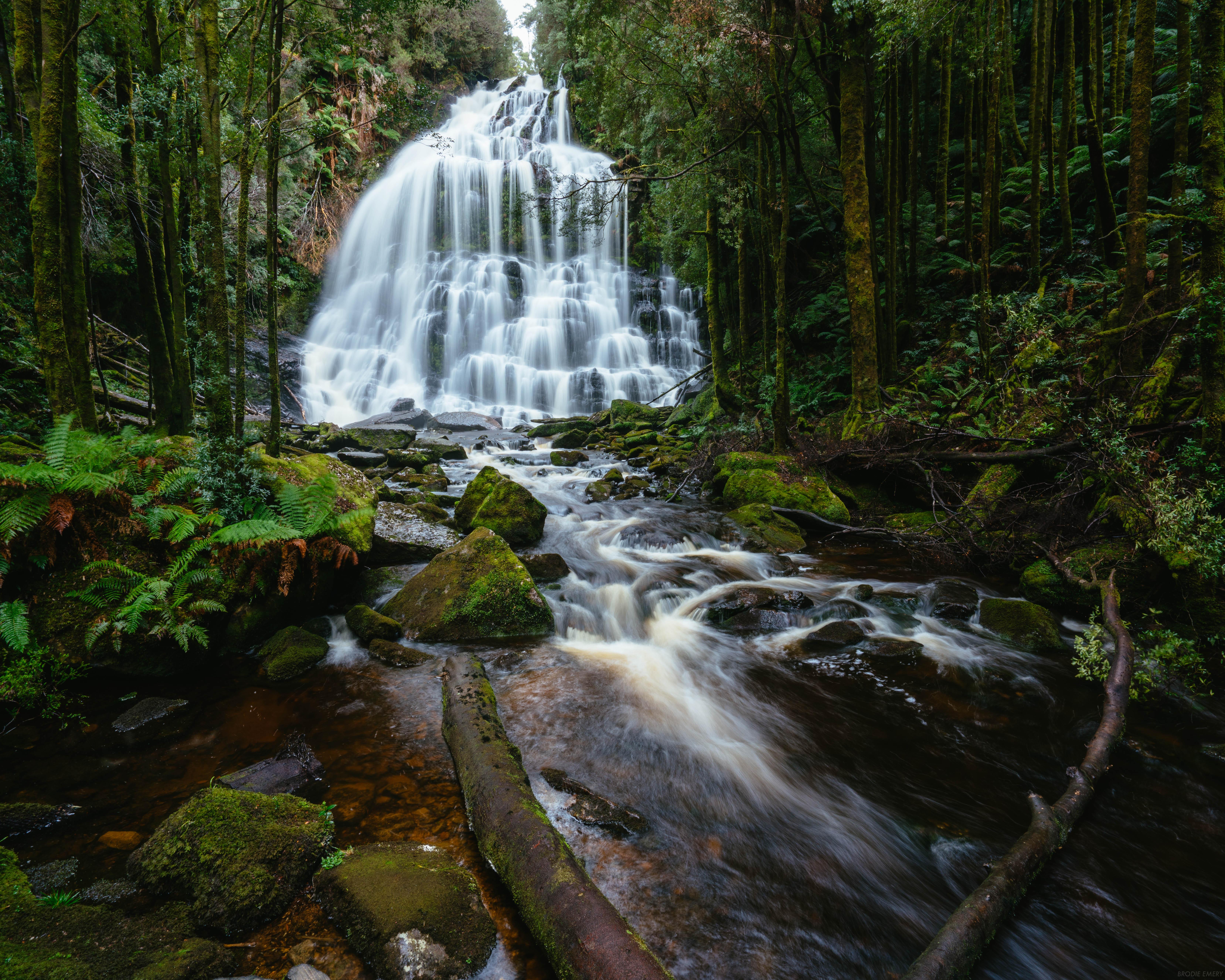
4. Educate yourself about the places you photograph.
Some species are really sensitive, like Tasmania’s cushion plants (stepping on them can be very detrimental)—other plants may be more resilient. Learn about the places you’re going. You can use national park resources to research about species where you’ll be travelling.
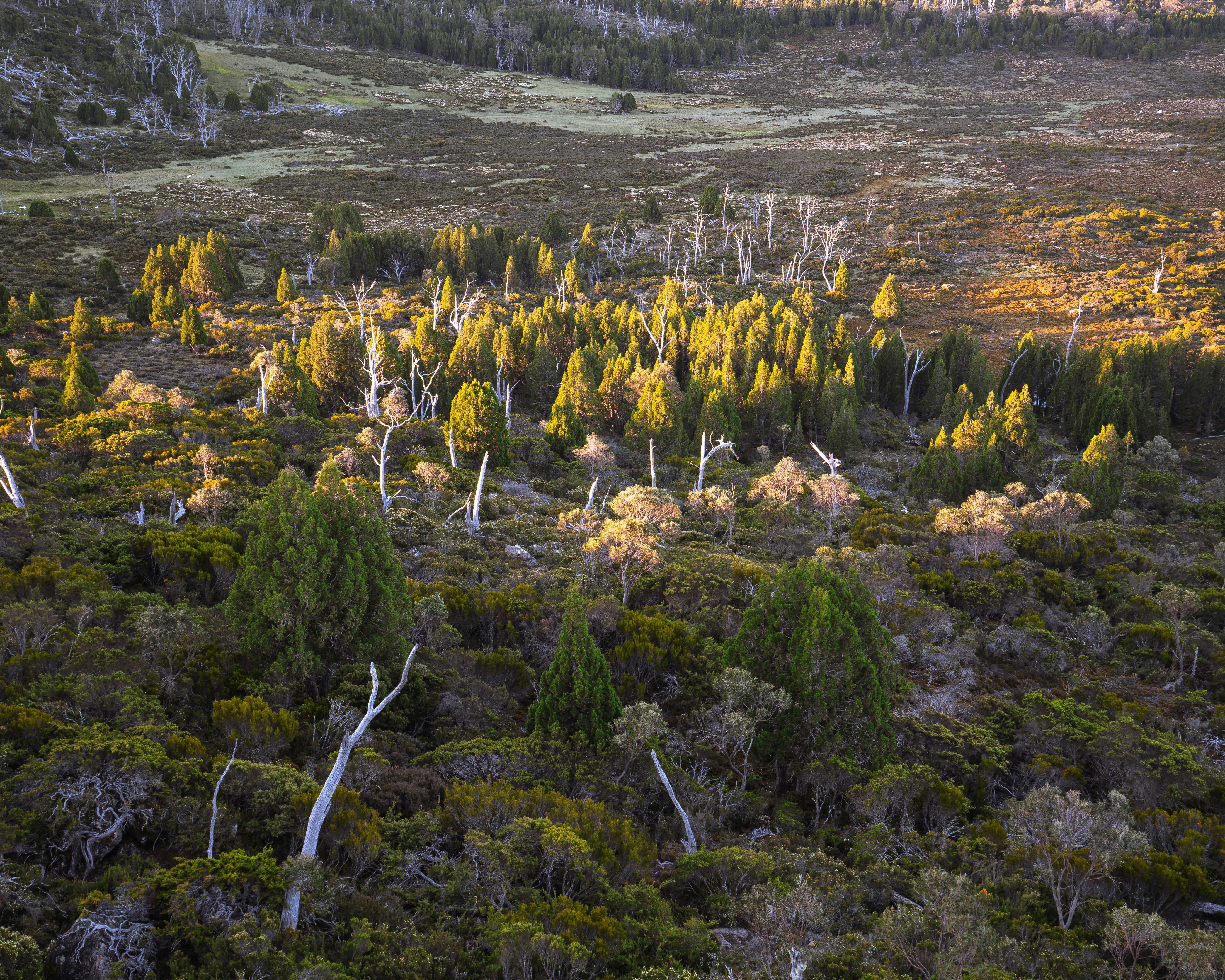
Photographs are far more interesting and powerful when there is a story behind them—and in Australia we have places, plants and animals with remarkable stories waiting to be told and histories to be heard. Brodie says, “Here in Tasmania, fire is a huge threat to many of our ancient gondwanan species such as the Pencil Pine which may never recover from fire. I’ve seen and heard of people (illegally) lighting campfires in the vicinity of these increasingly rare relics of the past so we still have more to do in educating ourselves about these impacts. Even cushion plants which appear hardy can be easily destroyed by footsteps, taking decades to regenerate.”
5. Always follow ‘Leave No Trace’ principles and strive to leave places better than you found them.
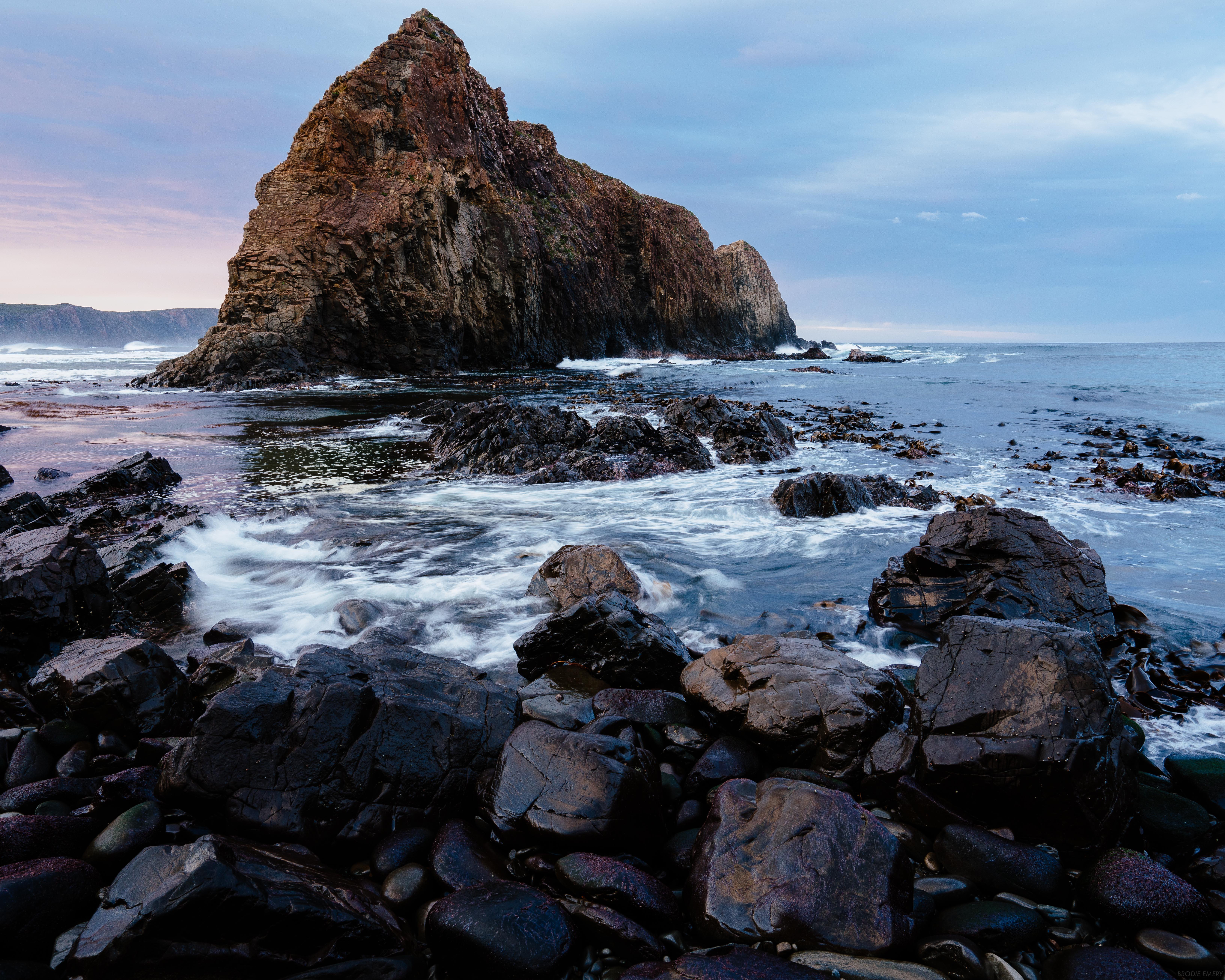
For Brodie, the first hurdle of Leave No Trace principles is plan ahead and prepare. Brodie has seen people in the mountains having rain ponchos getting caught and torn to pieces in dense scrub because they didn’t bring a proper rain jacket, or having rubbish strewn across campsites because food wasn’t properly secured away from possums. These things all have an impact as more people visit our wild places, but can easily be stopped by taking the time to plan ahead and learn appropriate information about the places you are visiting. As photographers, Brodie says: “there are some additional things we should also be considering: always think before geotagging and be mindful of what our images portray or encourage, and do what we can to give back to the places we love.”
All photographs from Brodie Emery.
Tips inspired by our friends at Nature First Photography